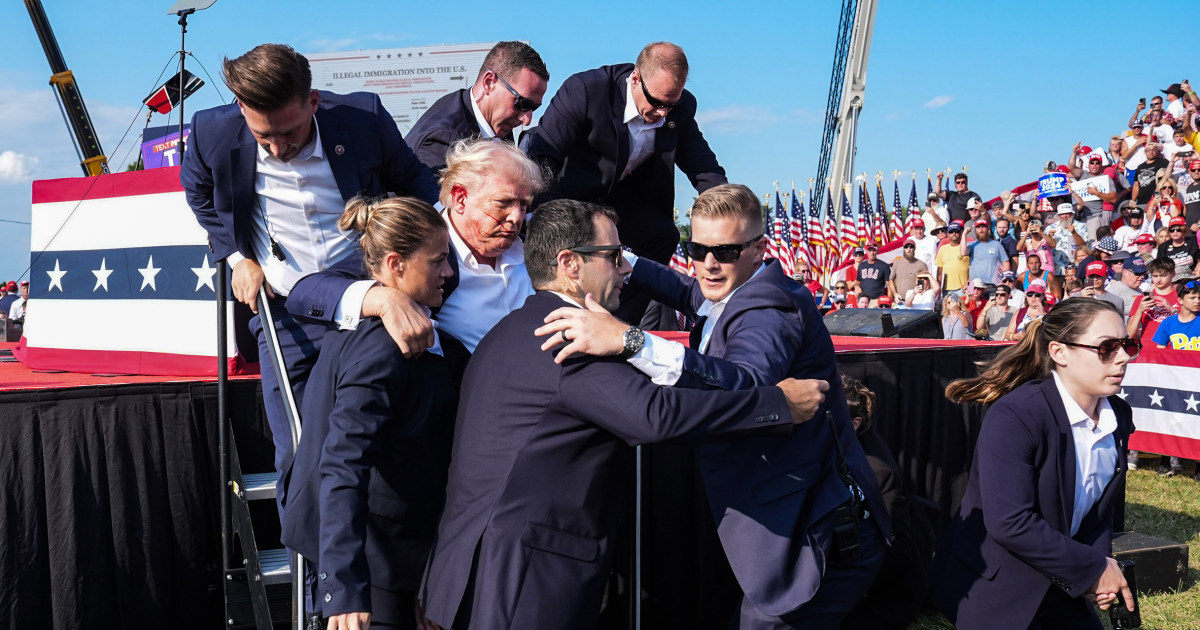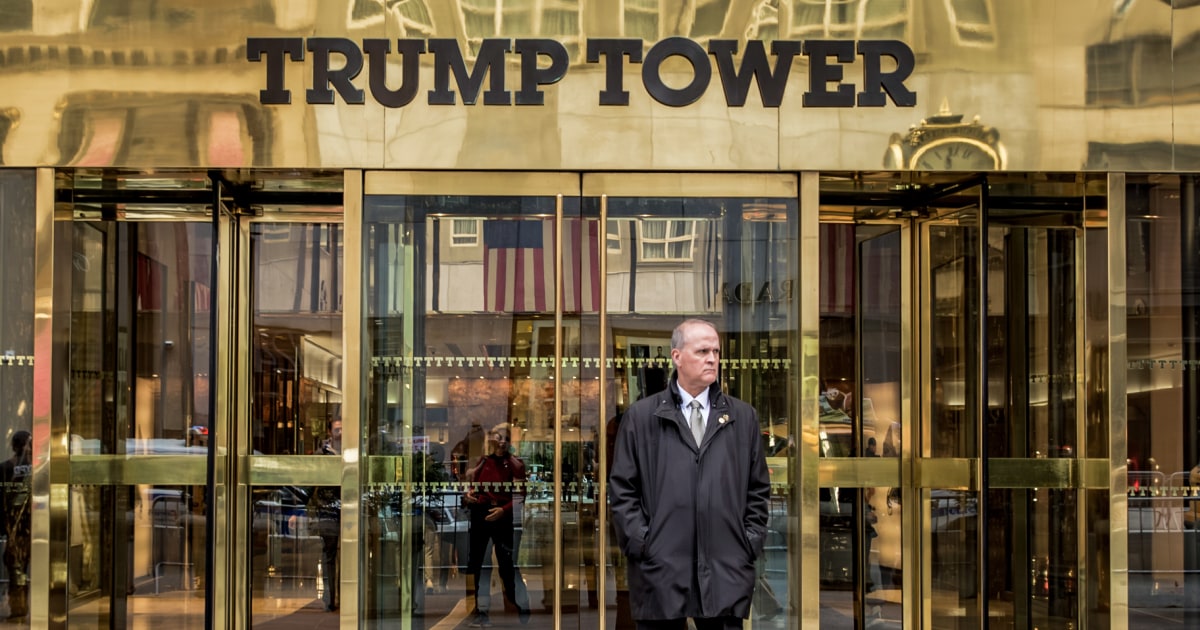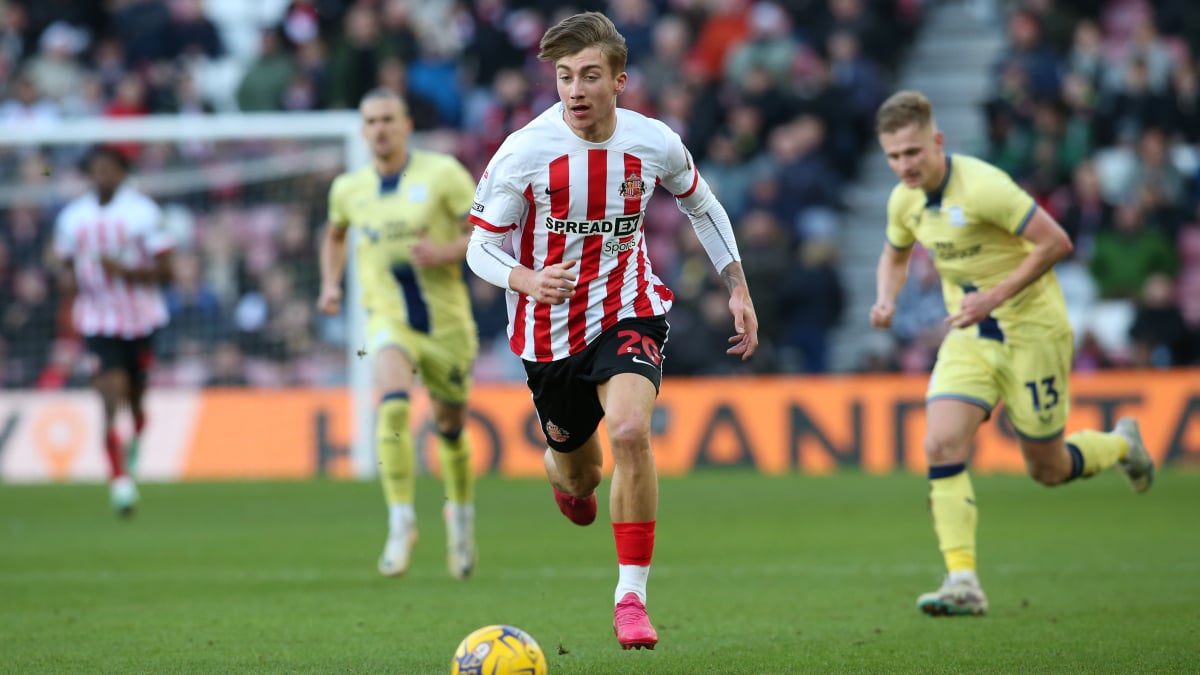Roughly 30 seconds before shots were fired at former President Donald Trump last month, a local police officer radioed that he spotted a man with a gun. But that information never made it to the Secret Service because the agents were stationed in a different command post from their local partners and did not have access to the same radio traffic.
“That was unique,” Ronald Rowe Jr., the acting director of the Secret Service, said Friday.
“We have to rethink where we put our security rooms and we are in fact doing that now moving forward,” he said.
For more on this story, tune in to “NBC Nightly News with Lester Holt” tonight at 6:30 p.m. ET/5:30 p.m. CT or check your local listings.
The revelation struck at one of the central mysteries in the aftermath of the July 13 assassination attempt — Why was Trump not removed from the stage after police spotted a gunman on a rooftop less than 150 yards away?
The would-be assassin, Thomas Crooks, 20, opened fire minutes into Trump’s speech, injuring the former president’s ear, killing one person in the crowd and injuring two others.
The Secret Service has faced intense scrutiny in the wake of the incident.
The initial criticism centered on the failure to secure the building the gunman used. The Secret Service initially blamed local law enforcement but later conceded it was ultimately the agency’s responsibility to ensure the building was covered.
Earlier this week, Rowe acknowledged that there was a 30-second window from when police spotted Crooks to when Crooks opened fire. On Friday, Rowe went into detail for the first time on the communication failures that played out that day.
Secret Service personnel were in one command post, with a member of the Pennsylvania State Police, and their local partners were in an entirely separate space.
“It is plainly obvious to me that we didn’t have access to certain information,” Rowe said. “Not by anybody’s fault. It just so happened that there was a sense of urgency [on the radio, and] that there might have been radio traffic that we missed. We have to do a better job of that.”
At 5:45 p.m., about 15 minutes before Trump took the stage, a Butler County countersniper texted a Secret Service counterpart two photos of a suspicious man — later confirmed to be Crooks. Eight minutes later, the Secret Service countersnipers were made aware that a suspicious person was lurking around the building that Crooks ultimately climbed up on.
But because the Secret Service personnel in the field and in the command post had no access to the local police radio traffic, neither its countersnipers nor its protective detail members had any knowledge a gunman was on the roof until he started firing, Rowe said.
Rowe said he directed all agents in charge of field offices across the country to “re-evaluate where we put our security rooms.”
“If a state or local sets up a unified command post, maybe we need to be in that room as well,” he said.
Secret Service Director Kimberly Cheatle resigned last month in the wake of the attack and after a contentious House hearing about the attempt. Investigators are still working to determine Crooks’ motive.
Rowe hailed the actions of the Secret Service countersniper who killed the gunman. The sharpshooter fired a single round that struck Crooks 15 1/2 seconds after the would-be assassin’s first shot.
But Rowe said his agency was fully responsible for the security lapse.
“This was a mission failure,” he said. “The sole responsibility of our agency is to make sure our protectees are not put in danger. We fell short of that in Butler and I am working to make sure that this failure does not happen again.”



